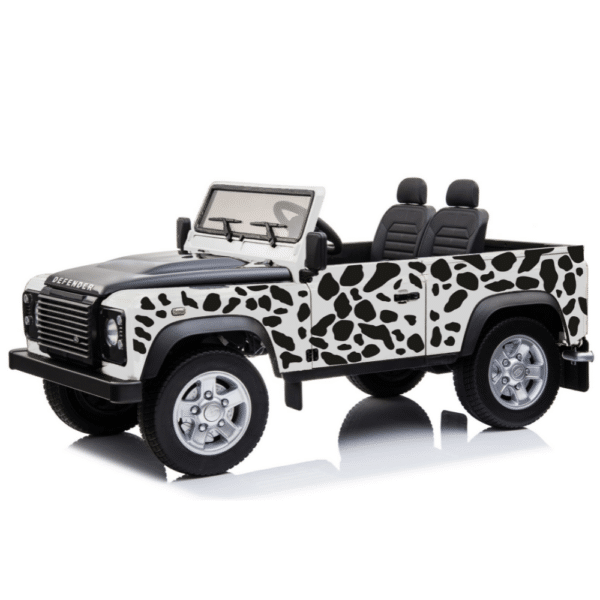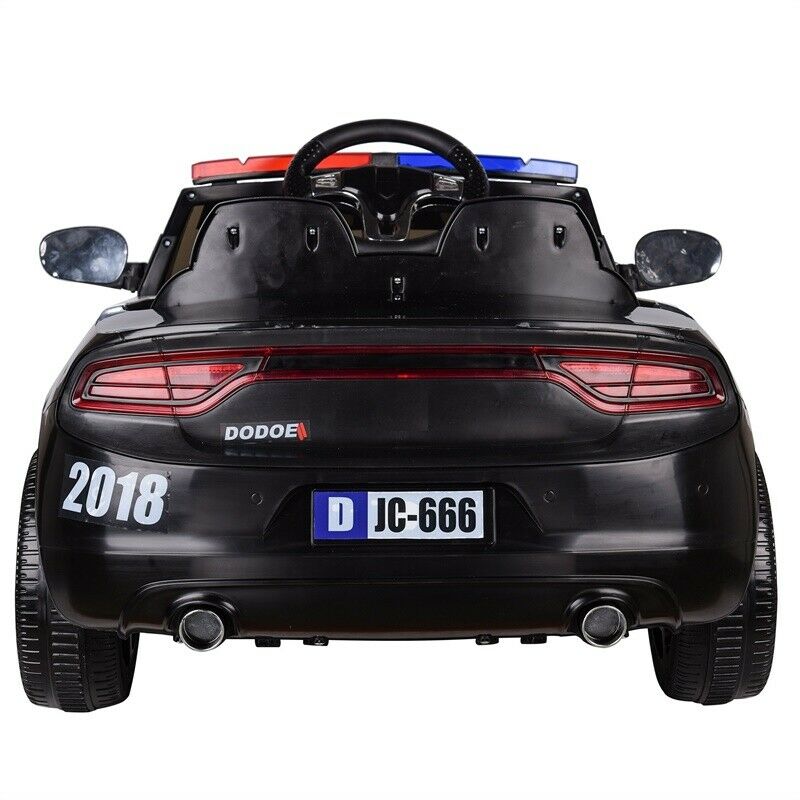New Reasons To Selecting Kids Cars
Wiki Article
What Should I Be Aware Of About The Battery's Life And Charging Time Of An Electric Kid Ride-On Car?
It is essential to understand the battery life of your electric ride-on vehicle for children and the time it takes to recharge. This will ensure you have uninterrupted playtime. This article will provide you with all the information you need to know about the type of battery.
The majority of electric ride-on vehicles for children use rechargeable batteries. They typically are lithium-ion or lead-acid batteries. In general, lithium-ion rechargeable batteries have more battery life and longer lifespan and also faster charging times than lead-acid batteries.
Capacity of Battery
The capacity of a battery is measured in amp hours (Ah) and watt hours (Wh). This determines the length of time an electric ride-on could run on one charge. Higher capacity batteries provide longer time to play before needing to recharge.
Run Time -
The duration of the run is the highest duration of continuous operation an electric ride on car can run on one charge. This can depend on factors like the battery's capacity along with motor speed, terrain and rider weight.
The typical run time for electric ride-on vehicles range from 30 minutes to 2 hours on one charge. Some batteries with a high capacity can provide an extended run time.
Charging Time
The time for charging is the time needed to fully recharge the battery after depletion. The charging time can differ based on the battery capacity, charger specifications and the charging method.
Charge times vary between 8 to 12 hours for a complete charge for electric rides-on cars. Some models offer quicker charging times, especially if using lithium-ion batteries.
Follow the instructions for charging that are provided by the manufacturer in order to ensure battery safety and longevity. Battery performance can be adversely affected if the battery has been overcharged or undercharged.
Charging Method
Electric ride-on cars typically come with a charger that plugs into a standard outlet for homes. Certain models have quick-charging capabilities or smart chargers that examines the status of the battery, and then adjusts the charging rate accordingly.
Make sure that the charger connector and port are compatible with the charger that comes with the ride-on vehicle in order in order to protect the battery or electrical system.
Additional Batteries
Certain electric rides on cars offer the possibility to purchase additional batteries, or spare batteries, to play for longer periods of time. Extra batteries allow you to replace depleted batteries with fully charged batteries, which can reduce downtime.
If you know the battery life and charging times of an electric ride-on children's car it is possible to ensure that your children have enjoyable and uninterrupted time while exploring their surroundings. Regularly charging the battery and following the correct charging procedures will help maximize battery life and performance. View the top rated electric kids cars for site examples including childrens electric ride on, toy car toy car, race car toy car, kidscars, cars pedal car, cars pedal car, remote control childrens electric cars, cars pedal car, ride a toy, remote control childrens car and more. .

What Are The Top Indoor And Outdoor Car Models For Children?
The characteristics of the models for indoor and outdoor use differ. Here's how these designs differ - Indoor Use Cars -
Size and weight - Cars intended for indoor use tend be lighter and smaller, allowing them to maneuver more easily within tight areas like hallways, living rooms or playrooms. They are compact enough to fit through narrow spaces and corners without causing damage to furniture or walls.
Low Ground Clearance: Cars that are used indoors have a low ground clearance so they don't be snagged or stuck by obstacles such as rugs, carpets or thresholds. This allows the car to glide smoothly and without interruption over indoor surfaces without chance of getting stuck or falling over.
Smooth Wheels- Indoor use cars' wheels are typically composed of smooth materials like plastic or rubber for the traction of surfaces that have an even surface, such as laminate flooring or tile. They are designed to minimize the sound and avoid scratching or scuffing surfaces in indoor environments.
Temporary Speed - For indoor use, vehicles typically have lower speeds than normal to ensure they can be controlled and operated safely within tight areas. This helps prevent collisions or accidents with furniture, walls or other indoor obstacles.
Outdoor Use Cars -
Durable Construction: Vehicles made for outdoor use are made of robust materials such as hard plastic or steel which can withstand the rough handling, outdoor elements such as humidity and sun. They are less prone to suffer from tears and wear that result from exposure to outdoor environments.
Higher Ground Clearance - For outdoor use, cars have higher ground clearance to navigate bumps, uneven terrain or obstacles found in the outdoors. They can then maneuver over rough surfaces such as gravel, pavement or grass without causing damage or getting stuck.
Traction Tires-The tires on cars specifically designed for outdoor use usually feature treads that help give better traction or grip on uneven or slick surfaces. This allows for better control and stability when driving over rough terrain.
Weather Resistant - For outdoor use, cars may have components that are impervious to environmental or water damage including waterproof casings and sealed electronics. The car can be exposed to mud, rain, and puddles without performance degradation.
High-Speed - Vehicles made to be used outdoors have higher speeds due to their design to withstand the wide open areas and distances you can encounter in nature. Children can have an exciting and thrilling ride.
These characteristics and design elements will assist parents in choosing the best car for their children that will meet their needs and the surrounding. Take a look at the recommended click here on remote control childrens cars for website recommendations including childrens ride on, toy cars toy car, race car toy car, digger ride, toy ride, car on ride, ride on digger, toy with car, ride a toy, ride on car and more. .

What Should I Be Looking For Prior To Purchasing A Children's Electric Car? What Are The Pros And Cons?
It is important to take into consideration a variety of factors when selecting an electric kid's car. Here are some key considerations and details on the sizes, prices as well as pros and cons. the age and size of the Child -
Select an electric child's car based on the size and age of your child. Children who are smaller and less seasoned might prefer lightweight and compact models, while older and larger children may require larger vehicles with larger spaces to seat them comfortably.
Cars Dimension and Weight –
Electric cars for children are available in a variety of sizes. The range of sizes is from small replicas to large-scale replicas. You should consider the weight and size of the car in relation to the child's size, strength and age. Also, you need be aware of the amount of space you have available to store the car and play.
Price range -
Electric cars for kids can be found in a diverse variety of prices based on aspects like dimensions, features and brands. The prices of small-sized models vary between $50-200 in comparison to larger-scale replicas can range from $600 to $800.
What are the pros and cons?
Pros -
Children will have hours of imaginative play and entertainment with electric kids' cars. You can feel the thrill of their very own vehicle.
Motor Skill Development: Driving an electric vehicle aids in developing fine motor and spatial awareness skills in children.
Outdoor Play – Electric cars encourage outdoor activity and play. This promotes exercise and exploration.
Realistic Details - Many electric kid's cars come with realistic details like working headlights, MP3 player compatibility, and horn noises. These features enhance the playing experience.
Cons
Costs - Electric cars that are of high quality for children can be expensive, especially if they are licensed replicas.
Battery life - Electric vehicles rely on rechargeable battery power that may only last a short duration or require frequent recharge.
Safety Concerns - Electric cars may pose safety concerns such as falls, collisions and entrapment, when not handled with caution and with adult supervision.
Maintenance and Assembly - Some electric cars require assembly upon arrival, and also regular maintenance which includes cleaning, battery maintenance, and occasional repairs or part replacements.
Features and Accessories
Take note of the features and accessories available with the electric kids' car like functioning headlights, horn noises as well as parental remote control seat belts and storage compartments. Choose a model with features that align with your child's preferences and interests.
The most suitable electric vehicle for your child will depend, in the end on your child's age and their size, as well as their interest as well as your budget. Make sure you read reviews, compare models and consider the pros and con before you make the final choice. Have a look at the top electric kids cars kidscars.co.uk recommendations for website examples including two seater electric cars, riding digger, lambo toy car, toy ride, childrens digger, kiddies cars, two seater childrens electric cars, two seater electric cars, kidscars, electric ride along car and more. .
